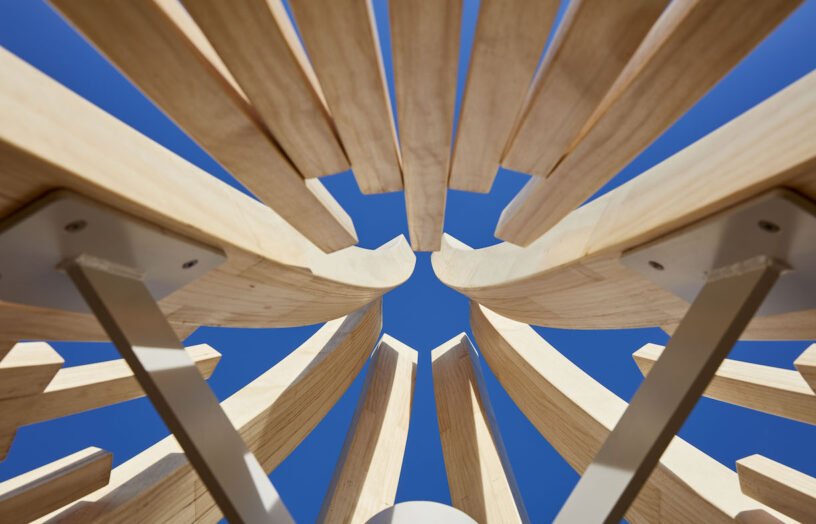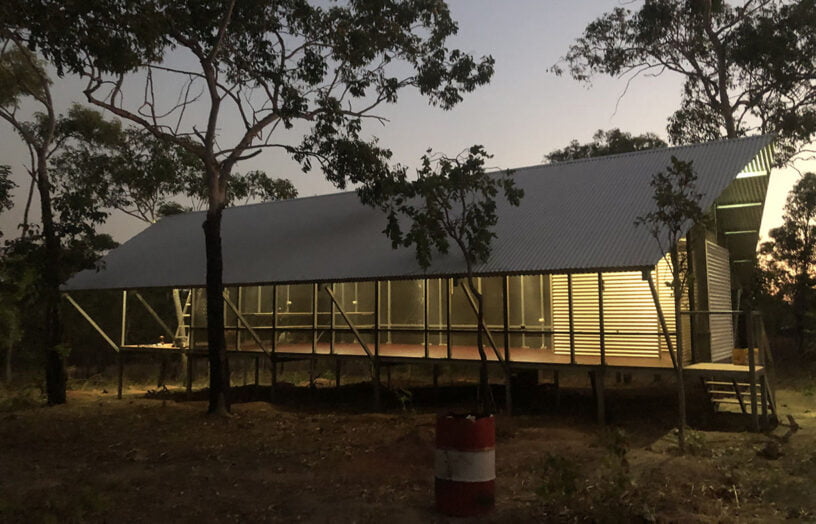Construction waste: Low hanging fruit

Legislating for deconstruction makes ecological sense – demolition results in skip bins full of broken materials with very low recovery rates, and stripping buildings of their reuse components before they are demolished can reduce demand for new materials.
New laws in Portland, Oregon that mandate the deconstruction of historical buildings will not only reduce waste in the construction, but will generate new sources of salvaged and recycled building materials.
Portland City Council passed a law in February that requires developers to fully deconstruct, rather than demolish, homes designated ‘historical’ or built before 1916. Deconstruction involves the methodical disassembly of a house to maximise salvage of materials such as door frames, windows, bathroom tiles and inlaid wooden floors for reuse. The City of Portland even offers deconstruction grants to encourage alternatives to the wrecking ball and to increase material salvaging.
Here at Sanctuary the news of the deconstruction laws in Portland piqued our interest in the salvaging situation closer to home. During 2009-10, there were 21.6 million tonnes of waste received at landfills across Australia and it is estimated that about 30% of this was construction and demolition waste.
Lara Knight publishes The Junk Map, an Australian website with a building demolition resources section. Lara says, “Deconstruction incentives are something I’d love to see applied in Australia. The waste of good quality, reusable materials in standard demolitions is phenomenal. Yet salvage specialists are struggling to keep up with demand for recycled hardwoods and heritage bricks.”
Recycling and upcycling is on the rise in Australia. Recycled timber is popular for furniture, flooring, and design features like cladding and landscaping. Vintage industrial furniture and storage is being repurposed for commercial fit outs and home decor. There are few deconstruction businesses operating in Australia, but Lara says demand is growing.
“People are starting to question machine demolition. Readers often ask me who can strip out timber floors, doors, windows and quality fittings because they’re concerned about waste.”
Donna Luckman, CEO at the Alternative Technology Association (publisher of Sanctuary and now trading as Renew) says, “Not only does the deconstruction of a home cut down on waste going to landfill it fills a demand for recycled building materials.” She said the ATA frequently received queries from homeowners who were looking to purchase second-hand building materials for their home or garden. “It is often difficult for homeowners to decide whether to demolish and rebuild or to renovate. Knowing that a home can be pulled down with as many resources reused as possible can help home owners reduce their environmental footprint. It also makes a nice connection between the old and the new.”
 Ideas & Advice
Ideas & Advice
In praise of Accoya
Native hardwoods are beautiful, strong and durable, but we need to wean ourselves off destructive forestry practices. Building designer and recreational woodworker Dick Clarke takes one hardwood alternative for a test run.
Read more Efficient homes
Efficient homes
Building for a changing climate
Are we building homes for the future, or for the past? Rob McLeod investigates how climate change is impacting home energy ratings and the way we build our homes.
Read more Efficient homes
Efficient homes
Remote communities leading the charge
We learn about four sustainability and renewable energy projects in remote Australia.
Read more
